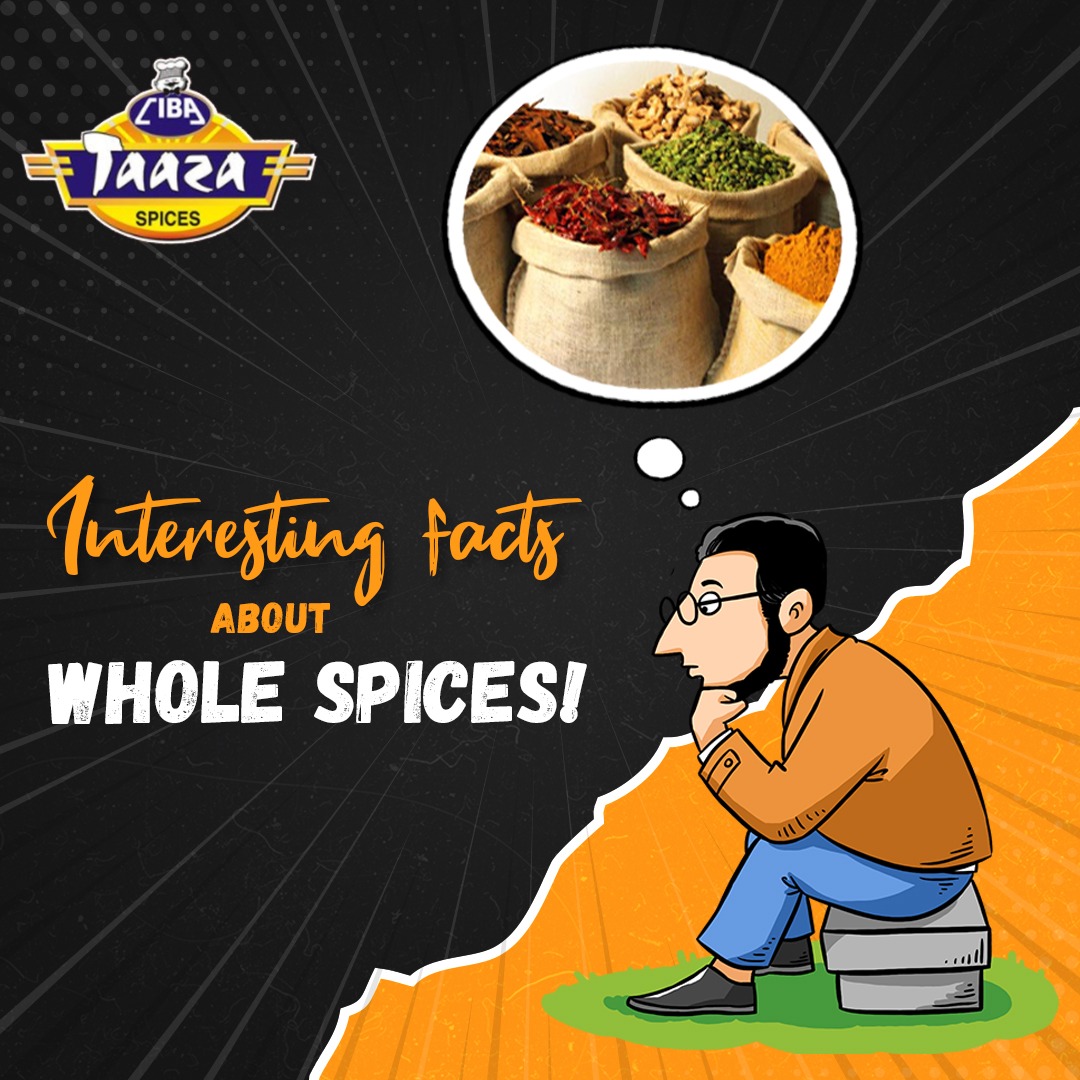Interesting facts about Whole spices!

Indian spices have been recognized and appreciated around the world for their rich aroma, soulful flavor, and various health and wellness benefits. Indian cuisine and recipes are known for their generous use of a variety of Indian spices, and each dish tastes different due to the wide selection of spices used. However, there are a few fascinating and little-known facts about Indian spices that will blow your mind away!
Black Gold:
Since the beginning of the 10th century, black pepper, AKA kali mirch, has been highly valued in Europe. Pepper was used by European kings and royalties not only for its culinary qualities, but also as the basis for many home-made remedies used to cure coughs, colds, and a host of other diseases. The allure of pepper drew the first Europeans and Arabs to the coasts of southern India, which at the time was the only known area in the world that created the whole spices. In certain ways, you might argue that we were colonized because of this high-value spice, which was more costly than gold and therefore gained the moniker “Black gold!”
Turmeric:
Turmeric is mentioned numerous times in our ancient Indian texts of Ayurveda and the Sushruta Samhita. The whole spice can not only be used to flavor your cooking, but it can also be used to treat few bleeding injuries as well. Turmeric has strong antiseptic and antibacterial effects and can effectively suppress bleeding when added to a wound. Researchers in the West have also given empirical evidence to support the anti-inflammatory and antioxidant properties of turmeric, which they attribute to a compound named curcumin found within the spice.
Spread of Indian culture:
Whole Spices not only attracted a large number of foreigners to India, but they also helped to expand our indigenous community in Southeast Asia. Today, countries such as Malaysia, Cambodia, Indonesia, and others make heavy use of spices in their kitchens as a result of Arab merchants who used these countries as rest stops on their way back home.
India:
70% of the world’s spices are manufactured in India. The purity and consistency of Indian spices are well known. In India, different types of spices are cultivated. India produces about 75 of the 109 spice varieties listed by ISO and accounts for fifty percent of the world’s trading in spices. Indian spices are the first choice of chefs and foodies all over the country, from Japanese Sushi artists to American barbeque enthusiasts.


